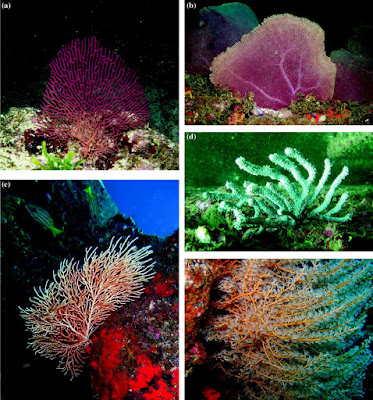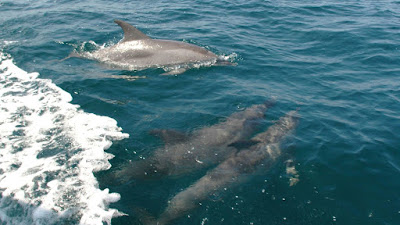Rising Temperatures Have Devasted Coral Reefs Except One
A 44-year old study shows that the amount of living coral has not changed in Eastern Tropical Pacific.
We all know the rise in temperatures has devasted many forms both on land and sea. But a recent study in Global Change Biology has discovered that the reefs in the Eastern Tropical Pacific are an exception. The research senior author says that "Live coral cover has gone up and down in response to El Niño-induced bleaching, but unlike reefs elsewhere in the Caribbean and Indo Pacific, reefs in the ETP almost always bounce back,".
The study was conducted by an international team of researchers led by Dr. Mauricio Romero-Torres of the Pontificia Universidad Javeriana and Unidad Nacional para la Gestión del Riesgo de Desastres (the National Unit for Disaster Risk Management or UNGRD) in Bogotá, Colombia.
The researchers have examined the coral area which stretches from Baja California to the Galapagos Islands, from 1970-2014. During this time, ETP has experienced several El Nino events - where the waters have reached unusually high temperatures. These rise in temperatures can kill the symbiotic algae, leading to the widespread of coral bleaching.
But the ETP reefs bounced back within 10-15 years, several factors allowed them to recover very fastly.
Firstly, the corals in this area are mostly pocilloporids, a type of coral that reproduces at high rates. They also contain species of symbiotic algae that are particularly tolerant of severe temperatures.
Secondly, another important factor may be "ecological memory," meaning that ETP corals may have become conditioned to heat stress over the years, through mechanisms such as genetic adaptation and epigenetic inheritance, whereby parents pass on these survival traits to their offspring.
"The key to survival for future reefs may not be immune to stress, but rather an ability to recover and regrow after stress," said Porter.
"This research teaches the relevance of doing science with FAIR standards (findable, accessible, interoperable and reusable) so that other researchers in the region can continue the work and estimate the effects of the next El Niño phenomenon on the ETP," said Romero.




Comments